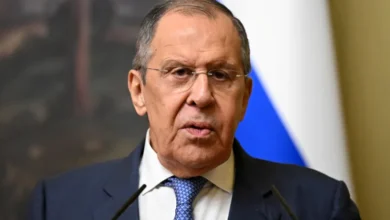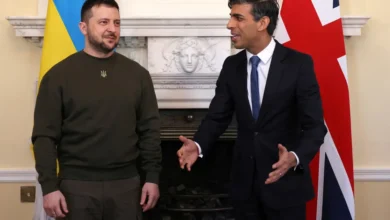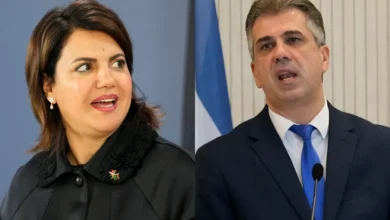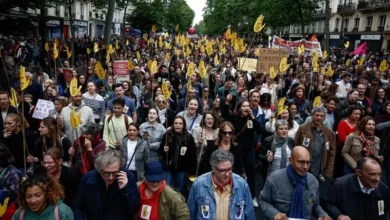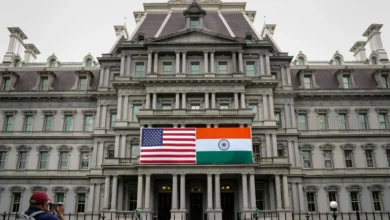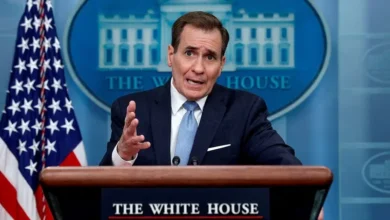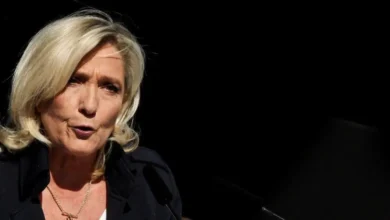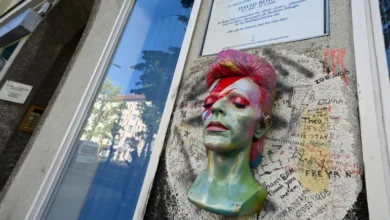Can the new India-China bonhomie reshape trade and hurt the US in Asia?
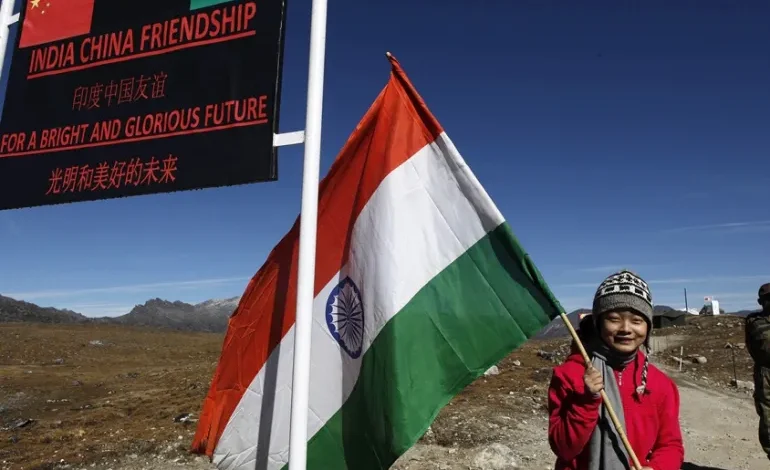
Five years ago, United States President Donald Trump was being welcomed in India, and China condemned.
In February 2020, Trump addressed a massive rally titled “Namaste Trump!” in Ahmedabad, on his first visit to India as US president, as bilateral ties and trade soared, and the American leader’s personal bonhomie with Prime Minister Narendra Modi was on public display.By June that year, relations with China, on the other hand, came crashing down: 20 Indian soldiers were killed in clashes with Chinese troops in Galwan Valley in the Ladakh region. India banned more than 200 Chinese apps, including TikTok, and Indian and Chinese troops lined up along their disputed border in an eyeball-to-eyeball standoff. New Delhi also expanded defence and strategic cooperation with the US and the Quad grouping, officially the Quadrilateral Security Dialogue, which also includes Japan and Australia.
As recently as May this year, India treated China as its primary adversary, after Pakistan used Chinese defence systems during its four-day war with India after a deadly attack in Indian-administered Kashmir.
But Trump’s tariff wars, especially against India – which has been slapped with a 50 percent duty on its imports – and rapid geopolitical shifts have led to a thaw in New Delhi’s relations with Beijing.
The White House under Trump, meanwhile, political analysts say, is undoing decades of diplomatic and strategic gains foundational to its influence in Asia, home to more than 60 percent of the world’s population.“Dragon-Elephant tango”
Earlier this week, Prime Minister Modi sat down with China’s top diplomat, Foreign Minister Wang Yi, as he hailed “respect for each other’s interests and sensitiveness” and “steady progress” in bilateral relations.
On his two-day visit to New Delhi, Wang also met with Indian Foreign Minister S Jaishankar and National Security Adviser Ajit Doval to discuss the countries’ disputed border in the Himalayan mountains.
China’s Ministry of Foreign Affairs said the countries have entered a “steady development track” and should “trust and support” each other. In their meetings, both sides announced confidence-building measures: resumption of direct flights, easier visa processes and border trade facilitation. In June, Beijing allowed pilgrims from India to visit holy sites in Tibet. The two countries also agreed to explore an “early harvest” settlement of parts of their long, contested border, which is the biggest source of historical tensions between them, including a war they fought in 1962.
Modi also formally accepted an invitation from Chinese President Xi Jinping to attend the Shanghai Cooperation Organisation summit in Tianjin – a regional grouping led by China and Russia that many analysts view as aimed at countering US influence in Asia – scheduled for late this month. It will be Modi’s first visit to China in more than seven years.
